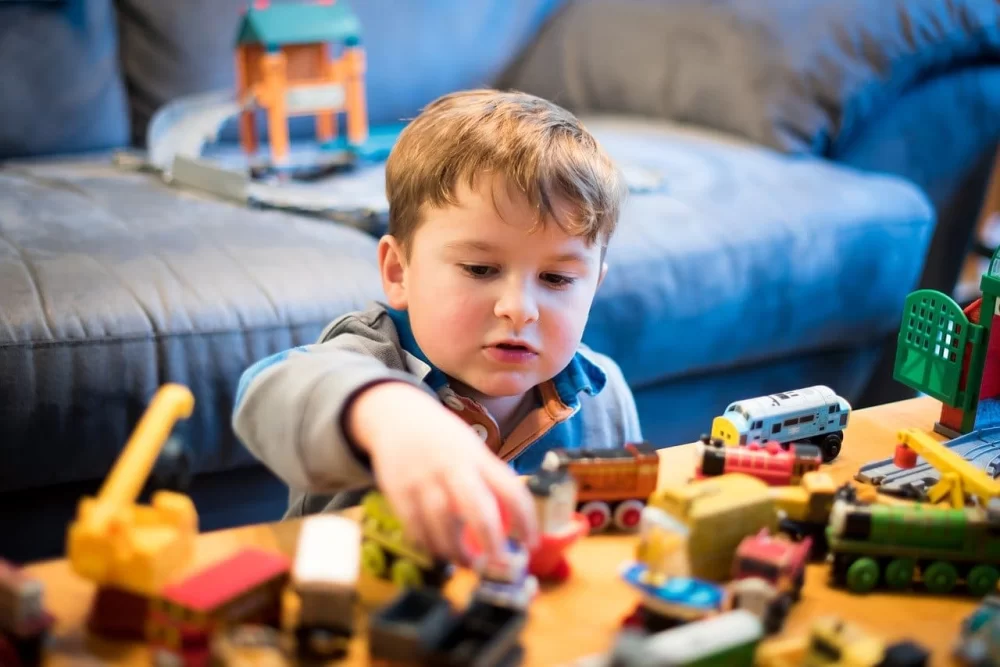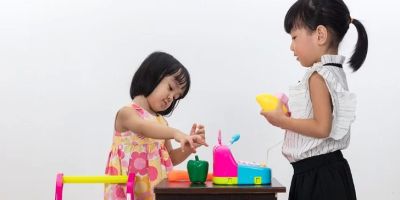
- Importance-of-Cleaning-Toys
- Effective-Methods-for-Cleaning-and-Sanitizing-Kids-Toys
- Choosing-Safe-Products-for-Toy-Hygiene
- Real-Life-Examples-Showing-the-Impact-of-Toy-Cleaning
- Recommendations-for-Finding-Quality-Toys-and-Cleaning-Solutions
1. Why Cleaning and Sanitizing Kids’ Toys Is Crucial
Children’s toys are more than just playthings — they are an extension of their environment and can easily become breeding grounds for germs and bacteria. Kids often share toys, put them in their mouths, and drop them on the floor, making effective cleaning and sanitizing a must to prevent illnesses. Understanding the importance of keeping toys clean helps parents and caregivers maintain a healthier environment for children. Not only does regular cleaning reduce the spread of viruses and bacteria, but it also protects children’s developing immune systems from unnecessary exposure to harmful pathogens.
In fact, studies have shown that the average children’s toy harbors significantly more germs than many household surfaces, including kitchen counters and bathroom fixtures. This makes sanitizing toys not just a hygiene practice, but a necessary routine in every home, daycare, and school setting. Moreover, clean toys contribute to a more pleasant play experience by reducing unpleasant odors and sticky residues.
1.1 The Hidden Risks of Dirty Toys
Germs on toys can cause common infections such as colds, flu, and stomach bugs. For children with allergies or asthma, contaminated toys may trigger symptoms or worsen health issues. The risk multiplies in communal play areas where toys pass through many hands daily.
1.2 Balancing Cleaning Frequency
While it’s important to clean toys regularly, over-sanitizing can sometimes be harsh on materials and even the child’s immune system. The key lies in finding a balanced routine that maintains hygiene without compromising toy integrity or safety.
2. Effective Methods for Cleaning and Sanitizing Kids’ Toys
Cleaning and sanitizing toys involves several practical methods depending on the toy’s material and type. Below is a detailed breakdown of approaches you can adopt at home to keep your child’s toys hygienic and safe.
2.1 Manual Washing for Plastic and Hard Toys
For most plastic and hard-surface toys, washing with warm soapy water is a simple and effective method. Use mild dish soap and a soft cloth or sponge to scrub the surface gently. After washing, rinsing thoroughly with clean water is crucial to remove soap residues that children might ingest.
2.2 Sanitizing With Safe Solutions
After cleaning, sanitizing is essential to kill remaining germs. A diluted bleach solution (one tablespoon of bleach to one gallon of water) is a classic option, but it must be used with care. For a gentler alternative, vinegar solutions or commercially available toy-safe disinfectants are effective and less harsh on materials.
2.3 Machine Washing Soft Toys
Stuffed animals and fabric toys can often be washed in a washing machine. Use a gentle cycle with cold or warm water and a mild detergent. To sanitize, consider adding a cup of white vinegar during the rinse cycle, which naturally disinfects and removes odors without damaging fabric softness.
2.4 Drying and Storage Tips
Proper drying is crucial to prevent mold and mildew growth. Soft toys should be air-dried thoroughly, preferably in sunlight, which adds a natural disinfecting effect. Hard toys should be dried completely with a clean towel before storage.
3. Choosing Safe Products for Toy Hygiene
Parents often worry about the safety of chemicals used for sanitizing kids’ toys. It’s essential to select cleaning agents that are non-toxic, fragrance-free, and specifically designed for children’s items. Avoid harsh chemical disinfectants that can leave residues or irritate sensitive skin.
3.1 Importance of Reading Labels
Always read product labels carefully to ensure that the disinfectant is safe for use on toys and around children. Products registered with trusted safety certifications provide additional assurance.
3.2 Natural Alternatives
Natural substances like baking soda, white vinegar, and essential oils (used cautiously) can be effective and safe for toy cleaning. These alternatives reduce chemical exposure while maintaining cleanliness.
4. Real-Life Stories Highlighting Toy Cleaning Benefits
Consider the story of a daycare center in a small town that faced frequent outbreaks of the flu among children. After implementing a strict toy cleaning and sanitizing schedule, they saw a dramatic drop in illness rates. Parents noticed fewer sick days, and children enjoyed a cleaner play environment.
Another example comes from a mother who found her child frequently developing mild skin rashes after playing with certain toys. Upon switching to a more regular and thorough cleaning routine with safe disinfectants, the rashes subsided. These stories demonstrate how diligent cleaning routines improve children's health and comfort.
5. Recommendations for Finding Quality Toys and Cleaning Solutions
For parents seeking toys that are easy to clean and maintain, it’s important to select items made from durable, non-porous materials that can withstand frequent washing and sanitizing. Shopping at trusted retailers like Knight Toys can simplify this process, as they offer a wide range of high-quality, safe children’s products along with helpful advice on maintenance.
Additionally, Knight Toys provides curated cleaning and sanitizing products that are child-safe and effective, ensuring that parents don’t have to worry about the compatibility or safety of the cleaning agents they use.
In conclusion, maintaining proper hygiene of kids’ toys is a practical and necessary step to protect children’s health. Through informed cleaning methods, safe product choices, and trusted recommendations, parents can create a safe and joyful play environment.





